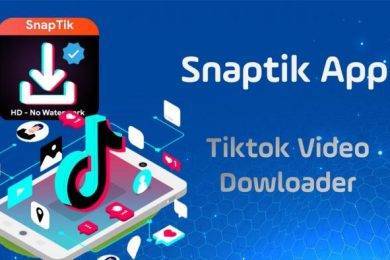Recruiting new talent can be difficult, time consuming, and expensive. The difficulties of hiring can take an especially hard toll on small to midsize businesses, who don’t always have the budget or manpower to post on job boards, handle the necessary paperwork, reach out to leads on LinkedIn, and sort through a pool of qualified candidates to choose the right one for the job.
One of the most useful human resources tools is the ATS, or applicant tracking system. This type of software will take the reins on the hiring process, perfect for any company without a dedicated recruitment team or whose HR department is already overwhelmed. Gone are the days of weeding through resumes by hand—thanks to technology like applicant tracking systems, it’s easier than ever to find qualified talent to fill important roles at your company. If you’re looking to hire, here’s how to begin.
Job Listing Aggregation
A good ATS, or other similar software, will post your company’s opening on popular job boards all at once, so you don’t have to manually post each one individually. Then, it will keep track as applicants come in, banking data about which listings are performing the best, which is valuable data for you in the future as you continue to hire. Using keywords, your software can also scan databases of potential employees and reach out asking them to apply for the position. Then, the system will narrow it down to the most qualified individuals based on a series of metrics, and help guide you to the best candidates for interviews.
Pre-Interview Questions
Another way to weed out unqualified individuals before you even get their resume in your hands is to ask for a bit of extra information upfront. During the application process, you can include pre-interview or short quizzes, like skill or knowledge tests, that will help determine if the candidate is fit for the role. A good ATS or other HR automation software will assess the answers and then narrow down your pool even further. No need to spend that extra wasted time vetting candidates who just don’t fit the position.
Intuitive Scheduling
A good automated recruitment system will also help you schedule interviews with prospects, coordinating schedules across the company with those who need to be involved in the process. It can be hard to remember which candidates are being interviewed at what time on what day, and it’s even harder when everyone from the HR department to hiring managers to team members need to stay in the loop. Automatic scheduling can suggest interview times to potential new hires that work perfectly with every team member’s schedule, so no one has to be left out of the process.
Seamless Onboarding
Once an offer is made and a new hire shows up for their first day at work, the onboarding process begins. This can be tedious and overwhelming, as the first day or few days on the job might consist of extensive paperwork, setting up email accounts or access to important company software, and attending meeting after meeting. You can make the process smoother with onboarding automation.
Choosing an HR automation that can help you with onboarding new employees is beneficial in the short term, but also in the long term as well. While many think onboarding ends after the first few days on the job, that couldn’t be further from the truth. If you offer job training, development opportunities, and certificate programs to advance employees through their career, these are all things onboarding automation can keep track of without any extra effort on your part. If employees shift between roles or earn promotions, these systems can help you better understand what works and what doesn’t within your organization.
Alton Clarke was born and raised in Syracuse. He has written for MSNBC, The Business Insider and Passport Magazine. In regards to academics, Alton earned a degree from St. John’s University. Alton covers entertainment and culture stories here at Diving daily.











